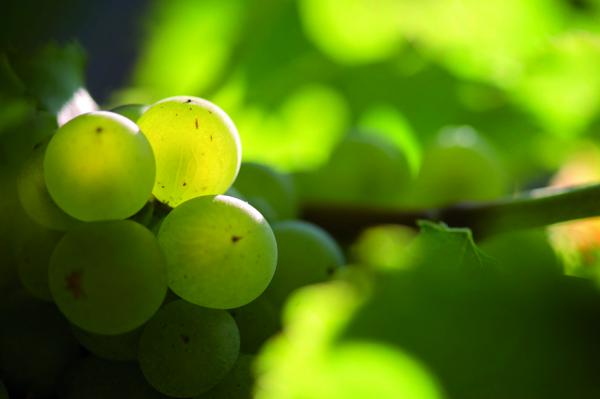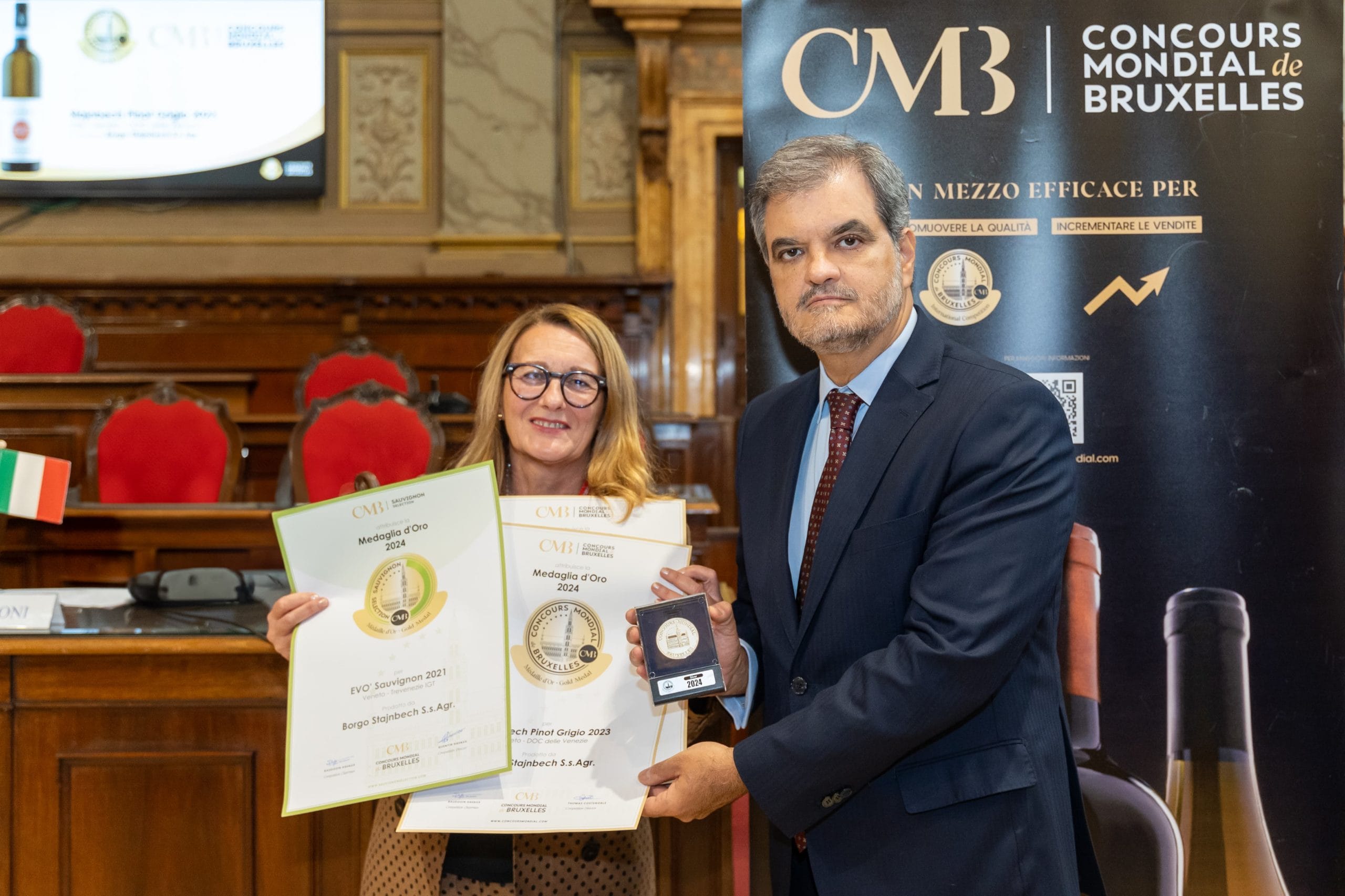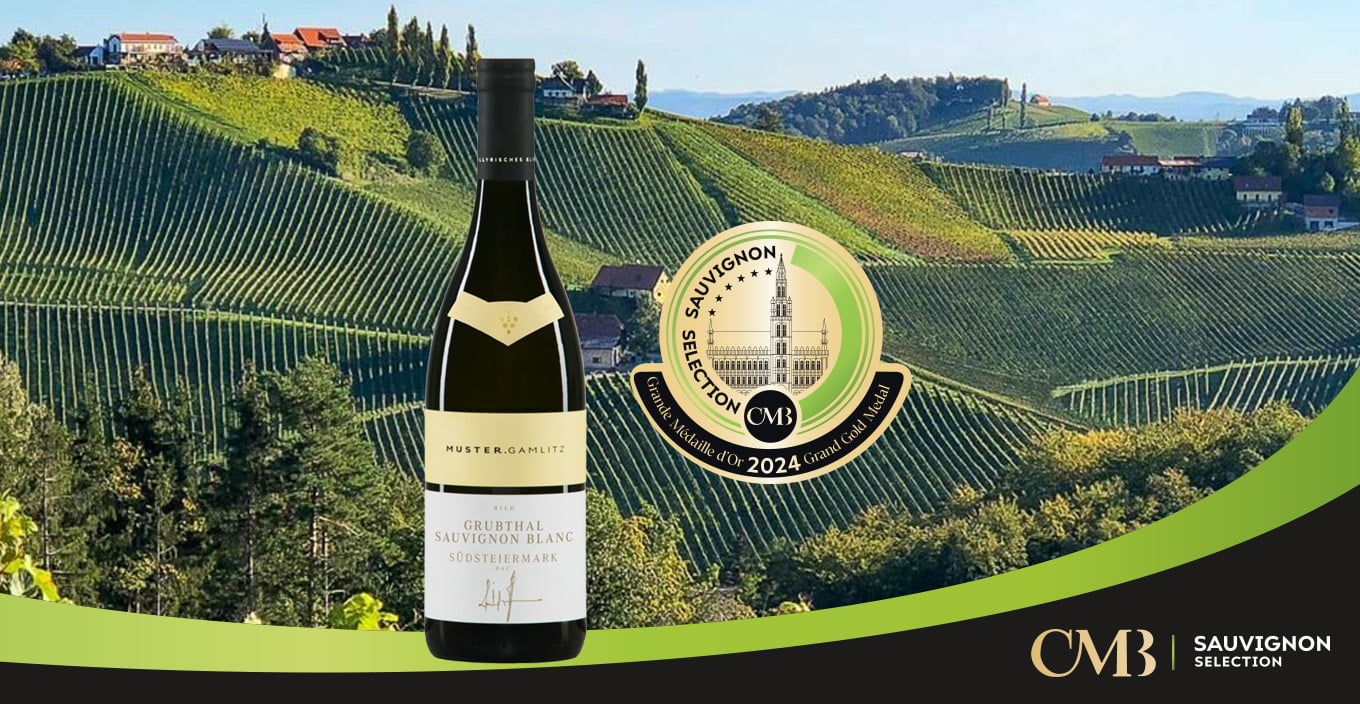The reasons why Sauvignon from Bordeaux tastes the way it does

Wines made from Sauvignon have a characteristic aroma that sets them apart from other varietals. Virtually impossible to smell in grape juice, this unusual odour develops mainly during alcoholic fermentation from odourless aroma precursors in the must. Wine makers know that these hallmark Sauvignon perfumes can be difficult to obtain and then maintain in the wines. In hot climates particularly, Sauvignon is a challenging grape variety to handle in the winery. Soil types, grape ripening, harvest date and choices made by the wine maker (juice extraction conditions, yeast strain responsible for alcoholic fermentation…) are all factors that can have an impact on aromatic expression. Therefore, even in wine regions suitable for growing Sauvignon, the aromatic quality of wines from the variety is inconsistent from one vintage to another.
The world’s most celebrated Sauvignon white wines are always produced from fairly vigorous vineyards planted on fertile soils boasting sufficient water resources and in cool climates characterised by significant diurnal temperature variation during the ripening period. It is in these conditions that Sauvignon wines reveal their most complex and inimitable aromatic character. Sauvignon wines from the Loire with their unique range of aromatics and those from New Zealand with their intense aromas are undoubtedly the most representative and illustrious examples.
Vintage conditions decisive
In oceanic climates like that of Bordeaux where average rainfall is in the range of 850mm, water supply to the vine is rarely the limiting factor for producing distinctive Sauvignon wines, provided the vines are planted on soils suitable for white wines, viz. limestone, clay-limestone, gravel with sufficient clay or even silt. Conversely, vintage conditions – i.e. the climate, especially summer temperatures – play a decisive role in aromatic expression in Sauvignon wines in Bordeaux. In dry, hot vintages, on gravel soils with insufficient water resources for example, the aromatic potential in the grapes is low. The skins are tannic, the wine shows little fruit and insufficient acidity and its finish is bitter. During ageing, the bouquet rapidly becomes oxidative, heavy and marked by furniture polish and honey notes. In these conditions, Sauvignon is disappointing in Bordeaux.
Cool summers
When summers are relatively cool in Bordeaux, however, and not too dry, archetypal Sauvignon characters are revealed, especially on limestone or clayey soils. Sauvignon’s aromatic expression then becomes more complex. Its wines exude notes of grapefruit, lemon, white peach or even passion fruit in the ripest vintages. These fruit aromatics are occasionally reinforced by fresher nuances of broom and blackcurrant bud. In Bordeaux, this range of aromas comes from grapes whose skins remain green right up to harvest, revealing low phenolic content and pronounced acidity, guaranteeing substantial cellaring capacity. In the greatest white vintages in Bordeaux, the best offerings can therefore develop a true ‘reductive bouquet’ characterised by smells of smoke and roast meat after a few years’ ageing.
Harvest dates
The typicity of wines from Sauvignon is thus deeply influenced by climate conditions during the vintage. However, choices made by the wine maker, especially harvest dates for a given site, also have an impact on aromatic expression and the quality of the resultant wines. When grapes are picked early, Sauvignon wines display a more pronounced vegetal nuance (bell pepper, boxwood), whereas grapes picked a few days later produce fruitier wines.
It is fair to say that the most suitable sites for producing aromatic white wines with lengthy cellaring capacity are those where the grapes stay fruity with sufficient acidity at harvest time. They provide the conditions for grapes to ripen slowly and fully. Conversely, overly hot climates and situations or vintages that are too early are not conducive to aromatic development in Sauvignon grapes in general, and Bordeaux Sauvignon in particular.


